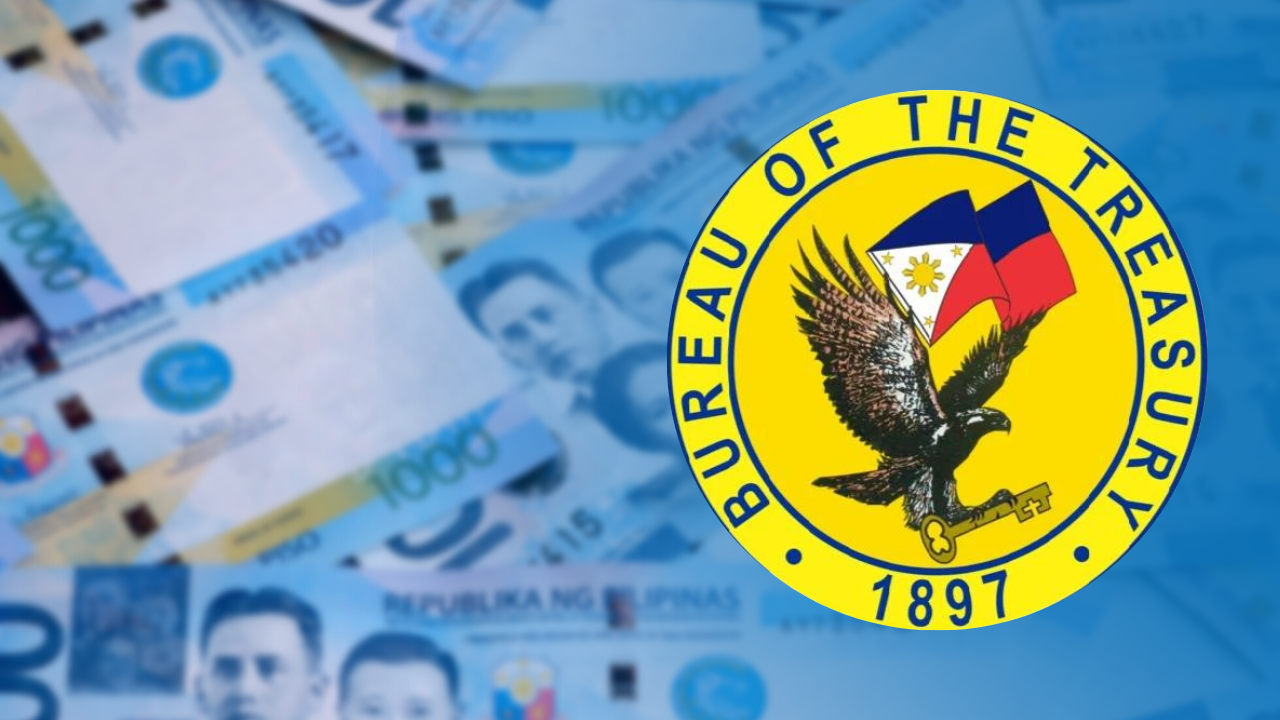T-bill rates ease ahead of BSP meet
MANILA, Philippines — Rates sought by creditors for short-dated debt paper eased for the third straight week during Monday’s sale of Treasury bills (T-bills), as the market expects the Bangko Sentral ng Pilipinas (BSP) to turn dovish at its meeting this week following the below consensus growth in the first quarter.
The cheaper borrowing costs, in turn, allowed the Bureau of the Treasury (BTr) to upsize its T-bills offering to P17 billion from the initial target of P15 billion.
At the same time, the issuance was also met with strong demand. Auction results showed the T-bills attracted total bids amounting to P59.8 billion, four times larger than the original size of the offer.
Michael Ricafort, chief economist at Rizal Commercial Banking Corp., said yields eased as the market anticipates a dovish BSP once the Monetary Board meets on May 16 to decide on rates.
This, after the local economy grew 5.7 percent year-on-year in the first quarter, short of the Marcos administration’s 6- to 7-percent target and below market estimates of 5.9-percent growth.
READ: Philippine economy grew 5.7% in Q1
Analysts said the weak outturn suggested that higher interest rates are weighing heavily on the economy by crimping both consumer and state spending.
“Treasury bill average auction yields were again slightly lower after mostly softer local GDP could lead to more dovish signals from local monetary authorities and eventually justify possible local policy rate cuts,” he said.
Gov’t borrowing plan
The 91-day T-bill fetched an average rate of 5.727 percent, from the previous week’s 5.780 percent. Similarly, the yield for 182-day notes fell to 5.893 percent from 5.930 percent.
Interest charged on the 364-day T-bill stood at 6.037 percent, lower than the preceding week’s 6.056 percent.
READ: Marcos admin to borrow P585B from local creditors in Q2
The Marcos administration plans to borrow P585 billion from local creditors in the second quarter of 2024—the same as the financing program in the first quarter. The government wants to raise P195 billion via T-bills and P390 billion via Treasury bonds.
Overall, the Department of Finance had announced a bigger borrowing plan for this year at P2.57 trillion—from the old program of P2.46 trillion—as the government raises funds to plug a bigger-than-previously-expected budget hole of P1.5 trillion.
The larger debt program in 2024 would put the debt-to-GDP ratio, a measure of the government’s ability to pay its debts, to 60.3 percent, still above the 60-percent threshold deemed manageable by credit rating agencies for emerging economies like the Philippines. —Ian Nicolas P. Cigaral INQ

